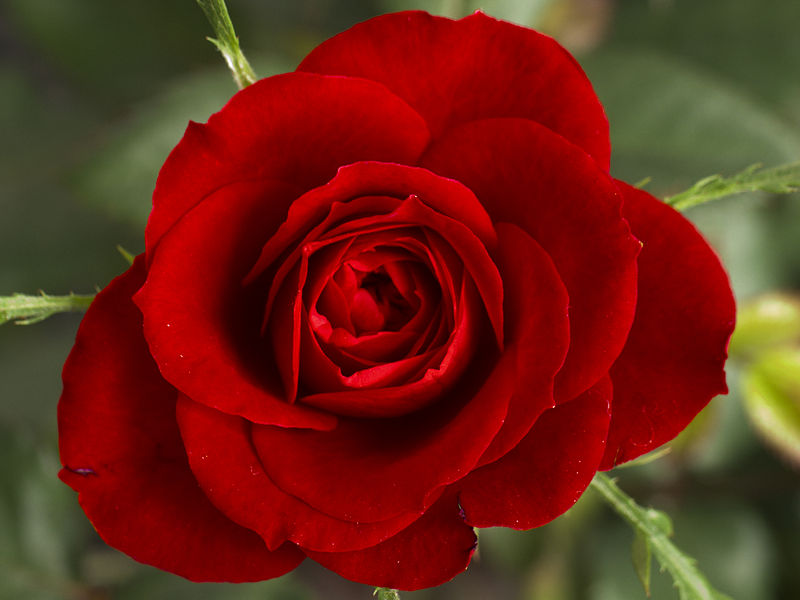
Russian version - click here
Image - Richard Armitage, comes from http://www.gamespot.com
Knize Ten – is a classic leather perfume that seems to remain untouched by the perishing influence of time. Its quiet and discreet box in black and white haven’t been attracted my attention for a ling time. I was getting to know Montale, Lutens, L’Artisan passing the Knize Ten by all the time. But the quality doesn’t have to be advertised. It always finds you if you start looking for it. Once I heard about Knize Ten from Andy who named it as an example of a well-made leather.
But even than I didn’t dare to buy it. First it was a not friendly Big Leather Monster playing on the edge of my olfactory receptor cells. On my skin it gave a thick cuminic leathery note, didn’t want to reveal its beauty threatening me and people around me with a knock-out. But once I just bought it under the influence of an unclear gust. May be I finally found a tamer in myself who made Knize Ten finally surrender. I couldn’t even imagine before how many notes and nuances could be found each time it opens on the skin.
In the beginning it’s a fresh citrus with a note of engine oil. As if a car repairman would give you a cup of Earl Gray in his garage. On the skin it opens with a fresh note of herbs bounded with a leather ribbon and a fresh cool note of early morning in the autumn. Luca Turin speaks about a splendid strawberry note. First I couldn’t recognize it and found a jasminic fruitiness, but after reading the Guide it revealed itself – a fresh, fragrant strawberry without cream or sugar.
Leather in Knize Ten is playing cat and mouse game. Sometimes it dominates and later it goes to the backgrounds giving the place for a beautiful floral heart with a strawberry nuance.
I also found a nice Jasmine there – fruity floral with a nice indolic beastliness and tropical fruity sweetness. Generously seasoned and softened with a drop of cream. But there is no Jasmine shown in the pyramid. Well, may be my nose loves the jasmine so much, that it just creates it in Knize Ten from the floral rose and carnation mixed with fruitiness of strawberry, borrowing the indolic note from leather, a drop of cream from sandalwood and a pinch of sugar from vanilla? I also found nice rose petals there, but no carnation. May be it conceals itself under the mask of jasmine. Or it integrates completely with the spicy leather note.
Iris of Knize Ten has a woody-ionone character. It becomes very aggressive if you put too much of the perfume on your skin.
And the leather again. It looks like there is more than one. I smell a bitterness of rough tar leather of a saddle. But also a soft dressed leather of a travelling bag. Nicely supported with amber note – warm with only a touch of sweetness.
Cumin – I smell a lot of it. A pinch of cumin may be used to give a musky smell of skin. But there is so much in Knize Ten. It comes and goes. And may be there is no cumin at all – it’s not shown in the pyramid by the way. :o)
Sometimes I think that you can analyse the notes of Knize Ten again and again and it always comes with something news. But being analysed it falls into the peaces that begins to play hide and seek and later comes together again and begin to show the images…









